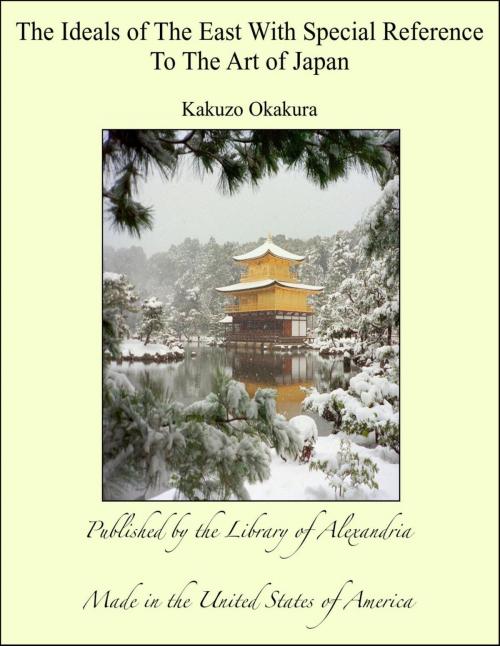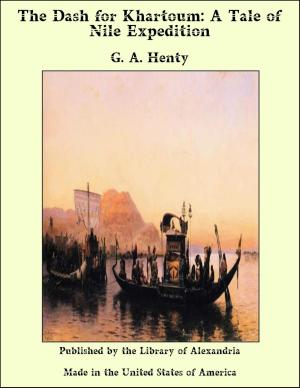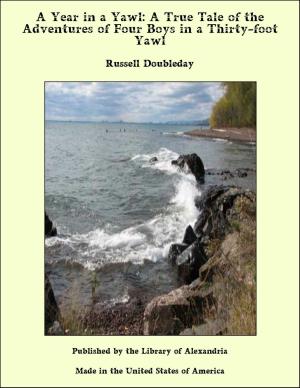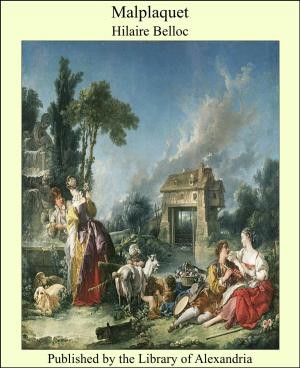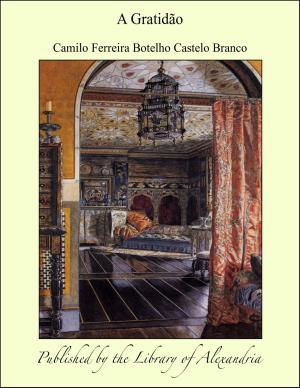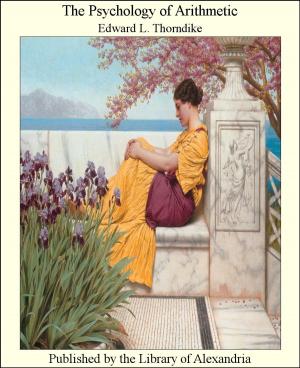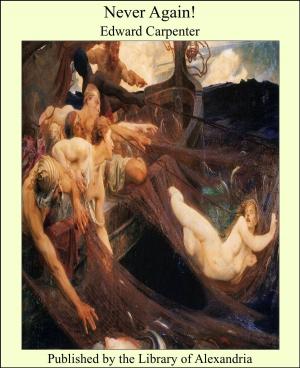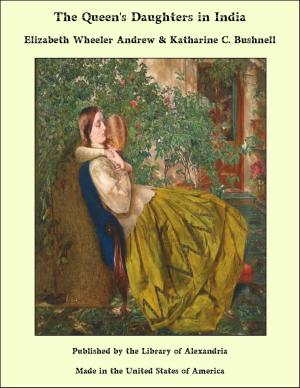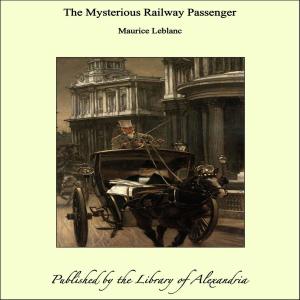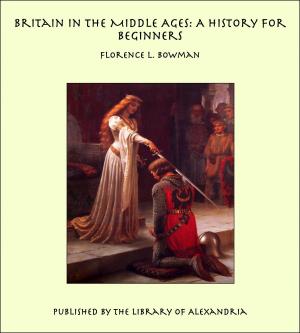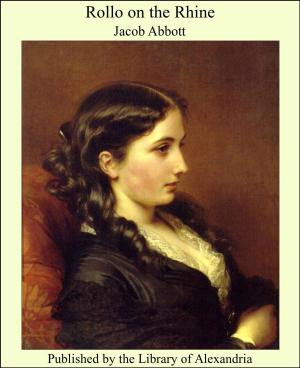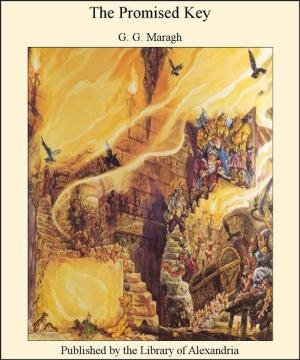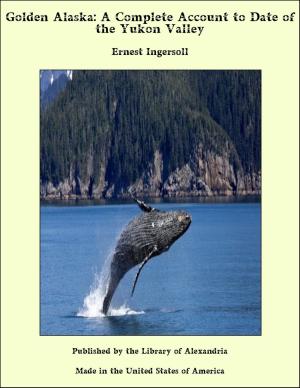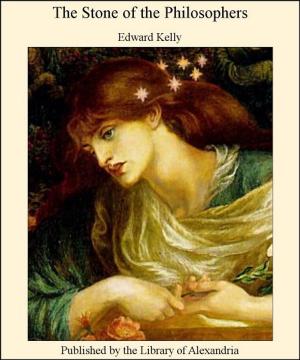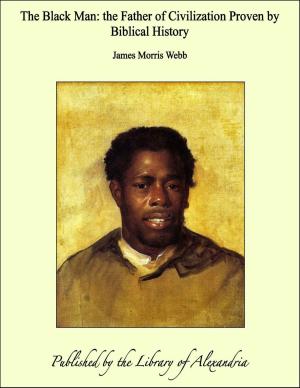The Ideals of The East With Special Reference To The Art of Japan
Nonfiction, Religion & Spirituality, New Age, History, Fiction & Literature| Author: | Kakuzo Okakura | ISBN: | 9781465579232 |
| Publisher: | Library of Alexandria | Publication: | March 8, 2015 |
| Imprint: | Language: | English |
| Author: | Kakuzo Okakura |
| ISBN: | 9781465579232 |
| Publisher: | Library of Alexandria |
| Publication: | March 8, 2015 |
| Imprint: | |
| Language: | English |
KAKUZO OKAKURA, the author of this work on Japanese Art Ideals--and the future author, as we hope, of a longer and completely illustrated book on the same subject--has been long known to his own people and to others as the foremost living authority on Oriental Archæology and Art. Although then young, he was made a member of the Imperial Art Commission which was sent out by the Japanese Government in the year 1886, to study the art history and movements of Europe and the United States. Far from being overwhelmed by this experience, Mr. Okakura only found his appreciation of Asiatic art deepened and intensified by his travels, and since that time he has made his influence felt increasingly in the direction of a strong re-nationalising of Japanese art in opposition to that pseudo-Europeanising tendency now so fashionable throughout the East. On his return from the West, the Government of Japan showed its appreciation of Mr. Okakura's services and convictions by making him Director of their New Art School at Ueno, Tokyo. But political changes brought fresh waves of so-called Europeanism to bear on the school, and in the year 1897 it was insisted that European methods should become increasingly prominent. Mr. Okakura now resigned. Six months later thirty-nine of the strongest young artists in Japan had grouped themselves about him, and they had opened the Nippon Bijitsuin, or Hall of Fine Arts, at Yanaka, in the suburbs of Tokyo, to which reference is made in chapter xiv. of this book.
KAKUZO OKAKURA, the author of this work on Japanese Art Ideals--and the future author, as we hope, of a longer and completely illustrated book on the same subject--has been long known to his own people and to others as the foremost living authority on Oriental Archæology and Art. Although then young, he was made a member of the Imperial Art Commission which was sent out by the Japanese Government in the year 1886, to study the art history and movements of Europe and the United States. Far from being overwhelmed by this experience, Mr. Okakura only found his appreciation of Asiatic art deepened and intensified by his travels, and since that time he has made his influence felt increasingly in the direction of a strong re-nationalising of Japanese art in opposition to that pseudo-Europeanising tendency now so fashionable throughout the East. On his return from the West, the Government of Japan showed its appreciation of Mr. Okakura's services and convictions by making him Director of their New Art School at Ueno, Tokyo. But political changes brought fresh waves of so-called Europeanism to bear on the school, and in the year 1897 it was insisted that European methods should become increasingly prominent. Mr. Okakura now resigned. Six months later thirty-nine of the strongest young artists in Japan had grouped themselves about him, and they had opened the Nippon Bijitsuin, or Hall of Fine Arts, at Yanaka, in the suburbs of Tokyo, to which reference is made in chapter xiv. of this book.
